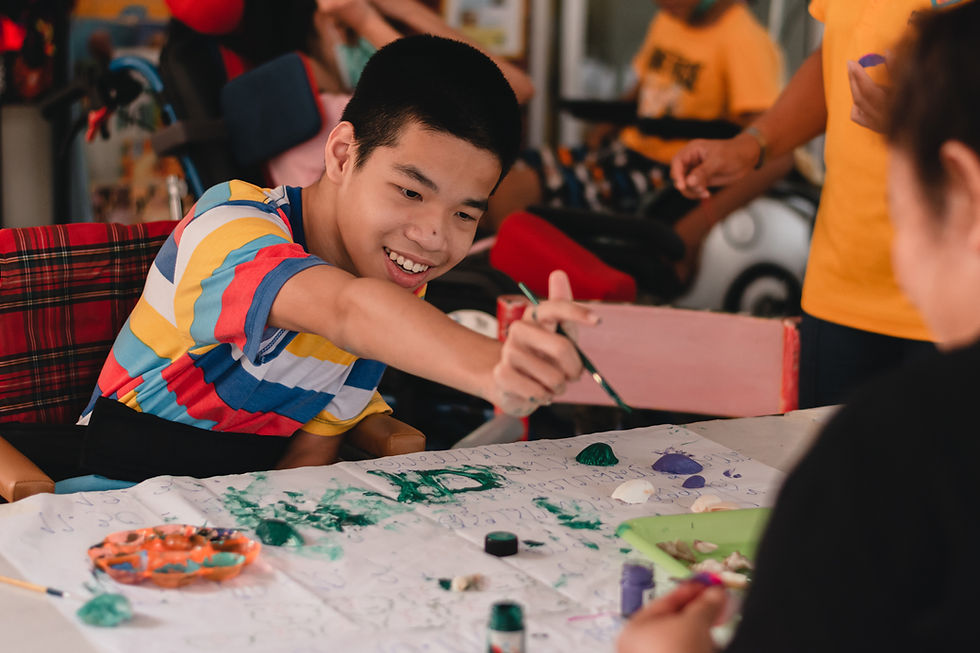What is a Disability? | The 5 Pillars of Disabled Equality & Inclusivity
- Judas Rose

- Dec 23, 2022
- 2 min read
Updated: Dec 24, 2022
A disability is a condition of the mind or body that makes certain activities and interactions with the world around them either more challenging to participate in or inaccessible.
The WHO (World Health Organization) outlines 3 dimensions of disability:
Impairment: absence or significant differences in a person's body structure/function, or mental functioning
Activity Limitations: limitations or significant differences in the ability to execute a task or action
Participation Restrictions: restrictions in participating in daily activities

The 2nd and 3rd dimensions of disability overlap with one another, so the exact differences aren't completely clear. Both dimensions are somewhat combined. However, the following is the easiest way to distinguish the 2.
- Activities: the individual's execution of a task or action
- Participation: the individual's involvement in a life situation or role
Disabled is an umbrella term for many types of disabilities, and the term itself refers to an extremely diverse group of people. Disabilities can be visible or hidden, they can be something you are born with or develop later in life, and they can be short-term or long-term. Different types of disabilities can impact vision, hearing, movement, thinking, memory, learning, communication, mental health, and/or social relationships.
Here is what I call the 5 Pillars of Disabled Equality & Inclusivity These are the 5 dimensions of what is needed to achieve equality for Disabled people and to create a more inclusive community for us all.
Accommodations - Access for Disabled people is not possible without able-bodied people's willingness to actively make modifications to existing structures and infrastructures to make the world more accessible for us. Able-bodied people have to actively include us.
Awareness - Awareness surrounding the needs of our Disabled community is paramount. Our community needs to be included in the conversation, in all conversations, on personal and societal levels.
Advocacy - The Disabled community needs awareness - but awareness that specifically aims to change the ableist attitudes, beliefs, policies, and practices of the general population - we need awareness that advocates for Disabled rights.
Equity - Disabled people are not truly equal in society until we have equity. Equality means each individual or group of people is given the same resources or opportunities. Equity recognizes that each person has different circumstances and allocates the exact resources and opportunities needed to reach an equal outcome.
SOURCES:
Disability. 2 Dec. 2022, www.who.int/news-room/fact-sheets/detail/disability-and-health.
“Disability and Health Overview | CDC.” Centers for Disease Control and Prevention, 15 Sept. 2020, www.cdc.gov/ncbddd/disabilityandhealth/disability.html.
International Classification of Functioning, Disability and Health (ICF). www.who.int/classifications/international-classification-of-functioning-disability-and-health.



Comments